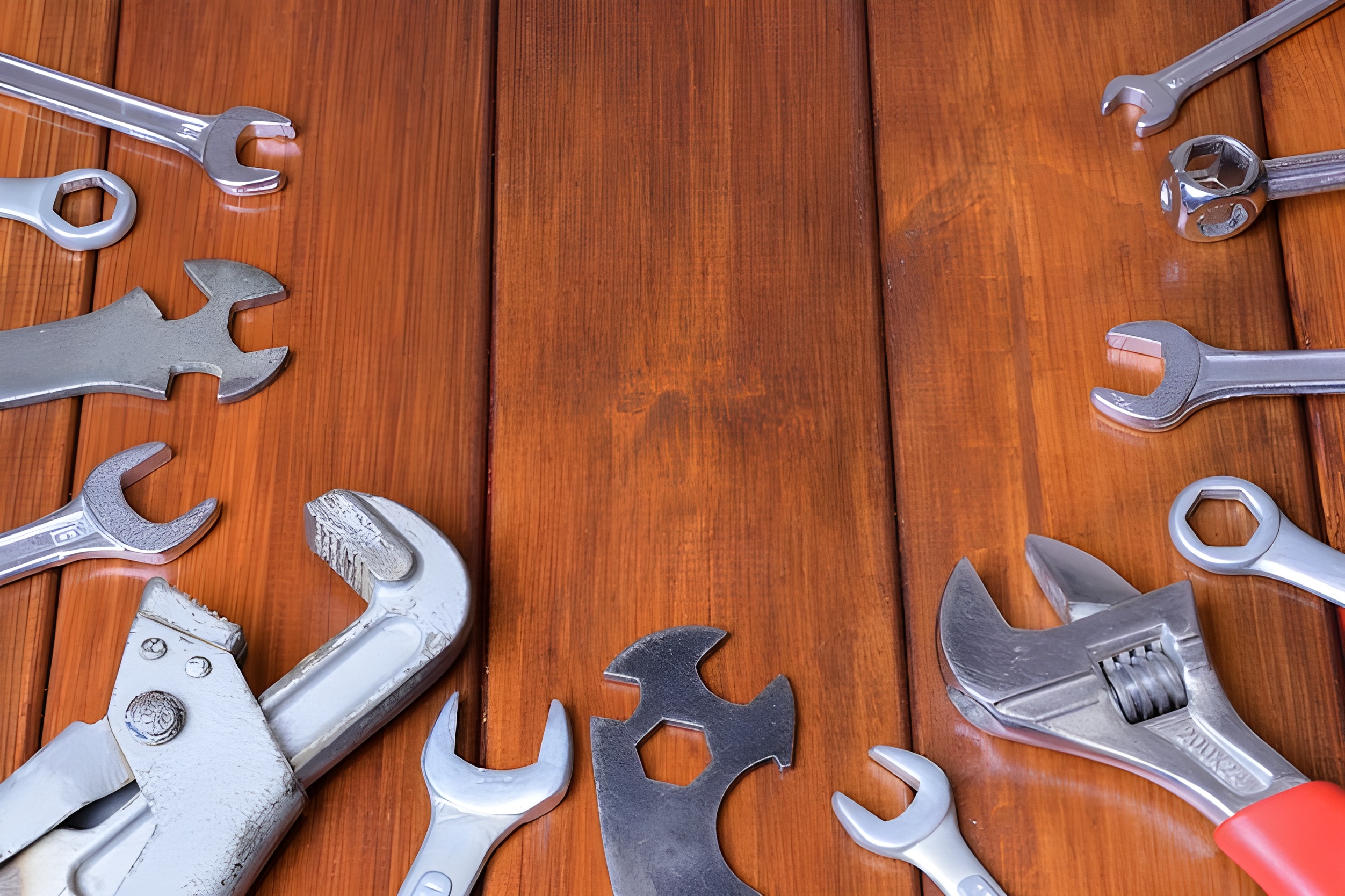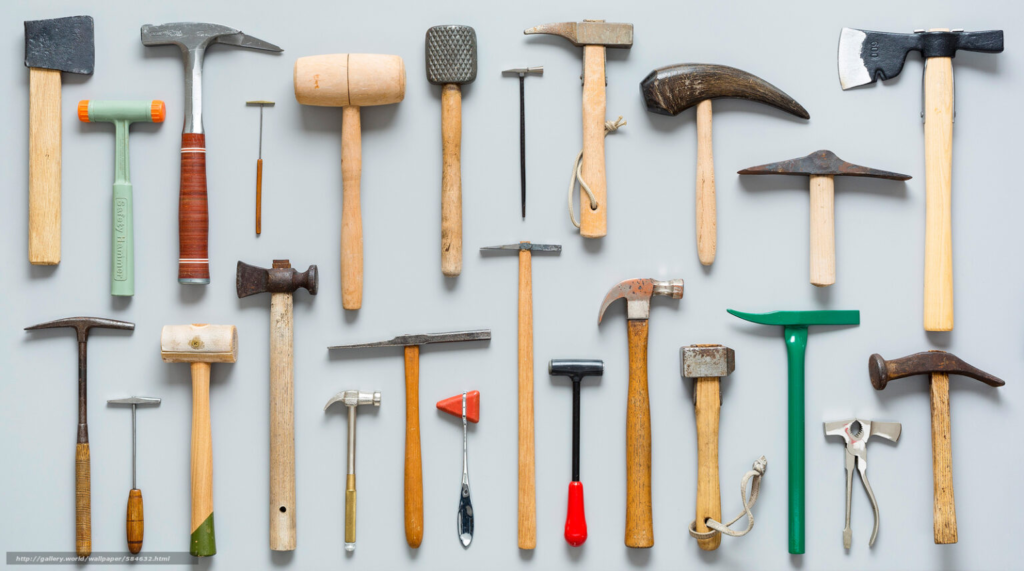
A hammer is a tool for hitting things, and it is mostly used to punch, bend, straighten, chip, forge, rivet, etc. Standard claw hammers are easy to recognize, even if you don’t have much experience with tools. However, there are many other types of hammers, each with a different purpose and design.
Parts of Hammer

Hammers have the following parts:
Face: The face is the main component of the hammer by which we strike a workpiece or job.
Neck: The region near the face which is a tiny curvature, is called the neck.
Peen: The other side of the face is called the peen. It is typically employed when we have to bend a task or give another shape.
Cheek: The middle part of the hammer is called the cheek.
Eye Hole: It is the part where the head of the hammer is fitted with a handle.
Poll: The straight area below the face is called a poll.
Wedge: A wedge is used to attach and tighten the handle in the eye hole.
Handle: The handle of a hammer is mostly made of wood so that it can withstand shaking.
Different Types Of Hammers
When you think about how simple a hammer is, it’s crazy how many different kinds there are. Here’s a quick look at some of the most important types of hammers and how to use them.
Claw Hammer

A claw hammer is probably the most common type of hammer used by carpenters, furniture makers, and metal workers. It’s probably the kind you already have. You can use the face to drive nails and the claw to pull them out. Most of the time, a claw hammer has a metal head and a wooden handle.
The best uses for these hammers are for working with wood, prying, finishing, framing, splitting, and small demolition jobs.
Sledge Hammer
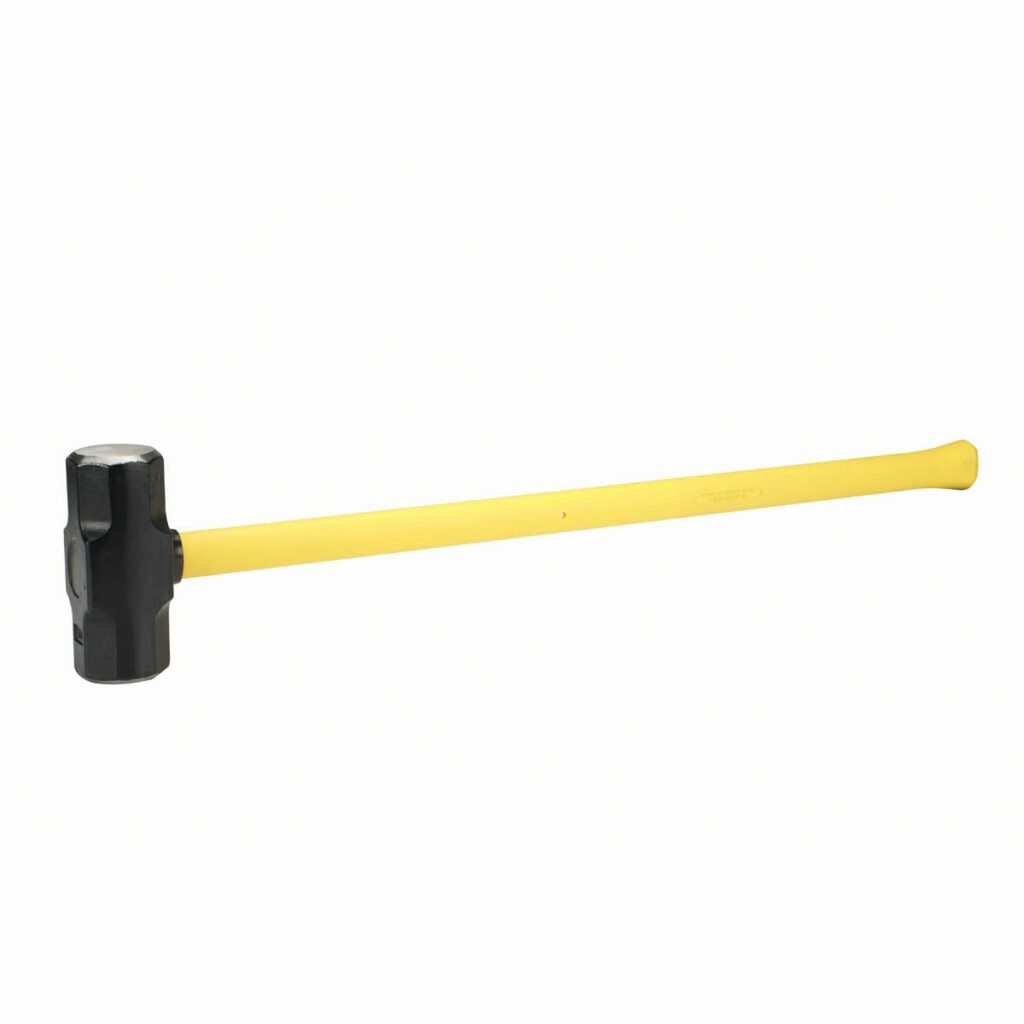
A sledgehammer is bigger than most hammers and has a metal head that looks like a mallet. Sledgehammers with longer handles and heavier heads are meant to be used with both hands. Sledge Hammers are used for bigger jobs, like driving in stakes or breaking up concrete, stone, or masonry. For lighter jobs, you can just hit with the weight of the head, but for heavier work, you swing the hammer like an axe.
Ball Peen Hammer

It has a flat face on the hammer that hits and a round bell. The hemispherical is often used to make gaskets and do delicate rounding work. Machine builders, metalsmiths, and blacksmiths often have ball peen hammers in their toolboxes. It’s a type of hammer used for things like riveting. It has a stopper that lets you pound the rivet into the metal and round it off.
Brick Hammer
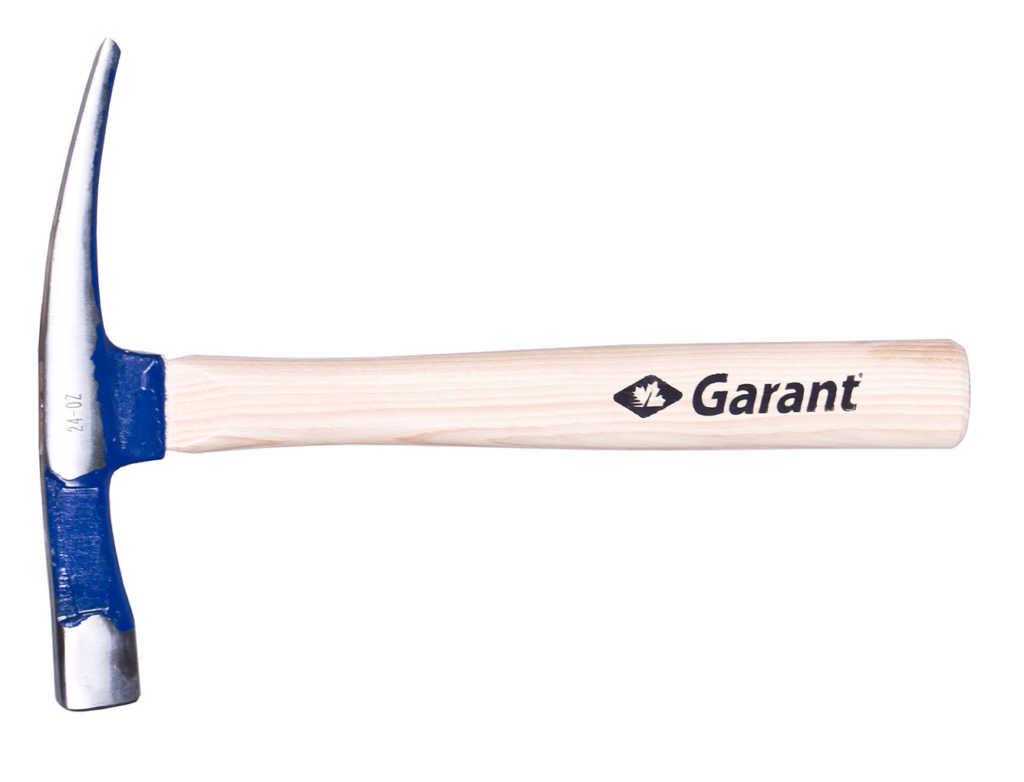
It is sometimes called a masonry hammer. The opposite side of the skull has a pointed chisel in contrast to the side that has a flat, square face. Bricks, concrete, and even stones can be shaped and split with the use of a Brick Hammer. These hammers are utilized in the construction industry by masons and bricklayers.
Cross Peen Hammer
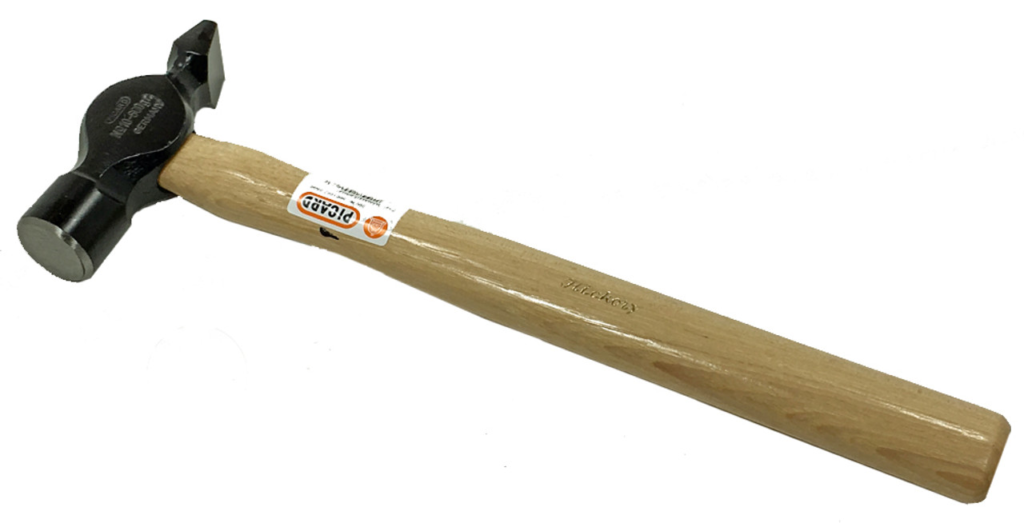
A cross-peen hammer has a flat head on one side and a wedge-shaped peen on the other. Because the sides of the cross-peen hammer are wedged, you don’t have to worry about hitting your fingers when you peen a panel. Most of the time, it is used for things like shoulder hammering, internal rounding, stretching, etc. A Cross peen hammer is also used to make grooves in the sheet and bend it.
Cross Peen Pin Hammer

A more compact version of the cross peen hammers can be found in the cross peen pin hammers. This tool, which is a simplified version of the cross peen hammer, is not suitable for use in metalworking in any way. Cabinetry, light joinery, and other types of woodworking jobs are where it shines the brightest.
Club Hammer

The tool has a small head with two sides, like a sledgehammer. It is sometimes called a “Lump Hammer.” We should not utilize a club hammer for hard demolition work, but we can use it for light demolition work or break stones and masonry. We also use club hammers to drive chisels and masonry heads when accuracy is not important.
Mallet Hammer
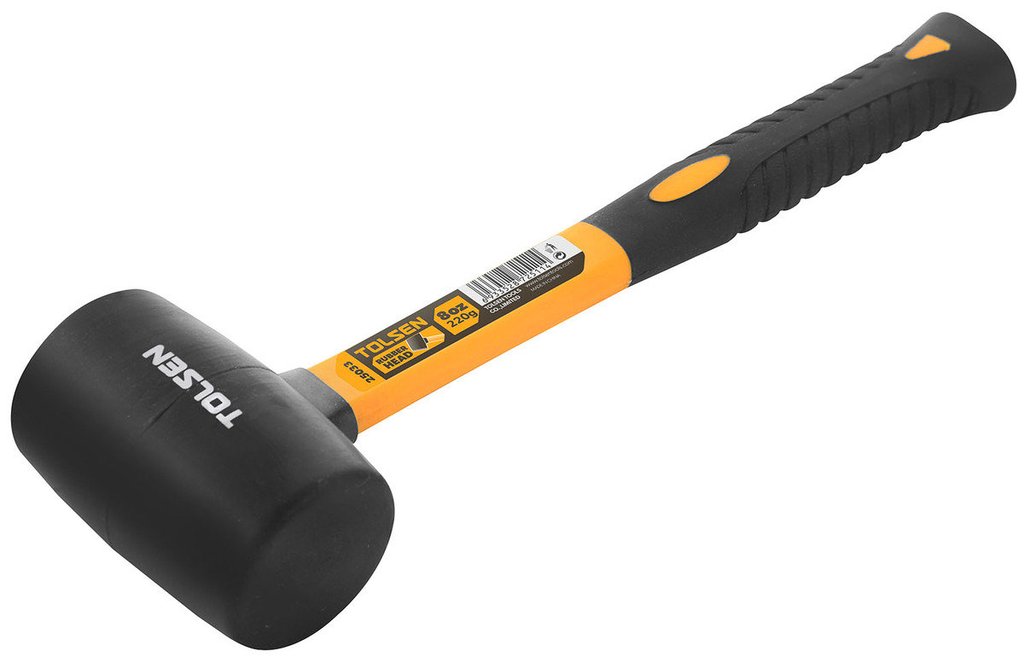
A mallet is a block with a handle that is usually used to drive chisels into place. Rubber is used to make the head of a rubber mallet. Hammers with wooden heads hit less hard than hammers with metal heads. They are important if you want your work to be free of any marks due impact of the hammer. Mallets are used to shape metal, fit wooden pieces together, and hit plasterboard.
Soft-Face Hammer

Soft-faced, split-head hammers with heads that can be switched out can be used for projects that need force without leaving marks. Hammers with a soft face and a split head can have or not have heads. Companies make this kind of hammer out of rubber, plastic, and copper, among other things. It is made to hit very fragile things, like chrome. Hammers with soft faces and split heads are used for machining, shaping metal, and crafting.
Engineering Hammer

These hammers usually have a flat face with rounded edges and a wedged peen on the side opposite the head. Chisels and punches are driven with a hand-drilling hammer’s heavy head. Engineering and drilling hammers are ideal for driving, punching, chiseling, shaping, and forging metal.
Framing Hammer

It is a little bit longer and heavier than a normal claw hammer, and the claw is pretty straight. Even though it looks a lot like a claw hammer, a framing hammer is a special tool for framing wood. It is a must-have tool for carpenters and woodworkers who drive nails into house frames and walls. Because of this, it is not the best way to take off nails.
Tack Hammer

This hammer has a very interesting look. It has two heads shaped like claws. One is typically magnetized. It is used to drive tacks when making furniture seats. The magnetic end holds the tack in place, and the other end drives it in. We use it to put small nails and brads into fabric or leather. It is a precise tool that has a slim shape and is light. This hammer won’t be needed by most people. But if you do any kind of upholstery work, you probably should have one in your workshop.
Blocking Hammer

This hammer features a flat, square head on one side, and a cylindrical head on the opposite side. This is yet another type of hammer that is typically utilized by blacksmiths. On a block or an anvil, it can be utilized to shape metal into desired forms.
Welding hammer

One end of this type of hammer has a small, round tip, and the other end has a narrow, vertical peen. It is used to clean welding points of slag. Usually, the handle is spiral-shaped, which helps it get rid of heat, which is important when you’re welding. It is a specialized tool that not everyone needs.
Power Hammer

This is a huge, stationary type of hammer with a piston that moves up and down with the help of compressed air. It is mostly used for blacksmithing and making shapes out of hot steel. Most of the time, you use this hammer to give the material a rough shape, and then you use a blacksmithing hammer to finish it. The power hammer is powered by an electric motor and is mostly used for jobs that require a lot of hammering. They are very expensive and big.
Dead Blow Hammer
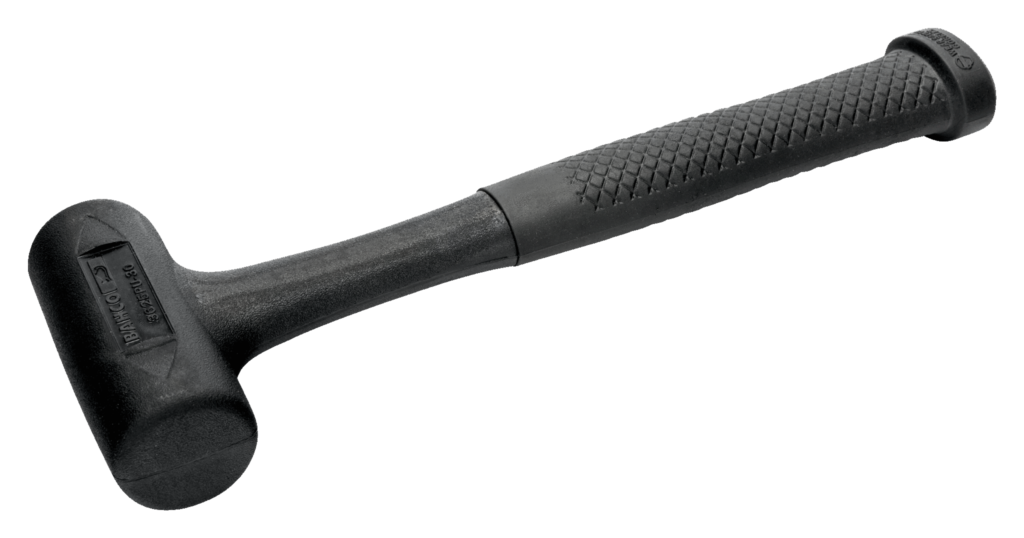
Even though a Dead Blow Hammer is similar to a Mallet, it is not used very often. Woodworkers and auto shops use this hammer to give soft blows that don’t bounce back very much. It is usually made of soft rubber or plastic so that it doesn’t damage or dent the parts around it.
Bushing Hammer

The bushing hammer is similar to a tenderizer in appearance due to its extended metalhead. They can be used to provide a stone with a rough texture, which can make it more appealing, or they can be used to make the stone’s route less slippery.
Rip Hammer

This is a claw hammer heavier in weight. It has a straight claw instead of a curved one, and its name comes from the fact that it can tear things apart during demolition. This niche hammer is probably on the more common side of the range. Most contractors have one, and homeowners who do a lot of do-it-yourself projects might want to get one too.
Trim Hammer
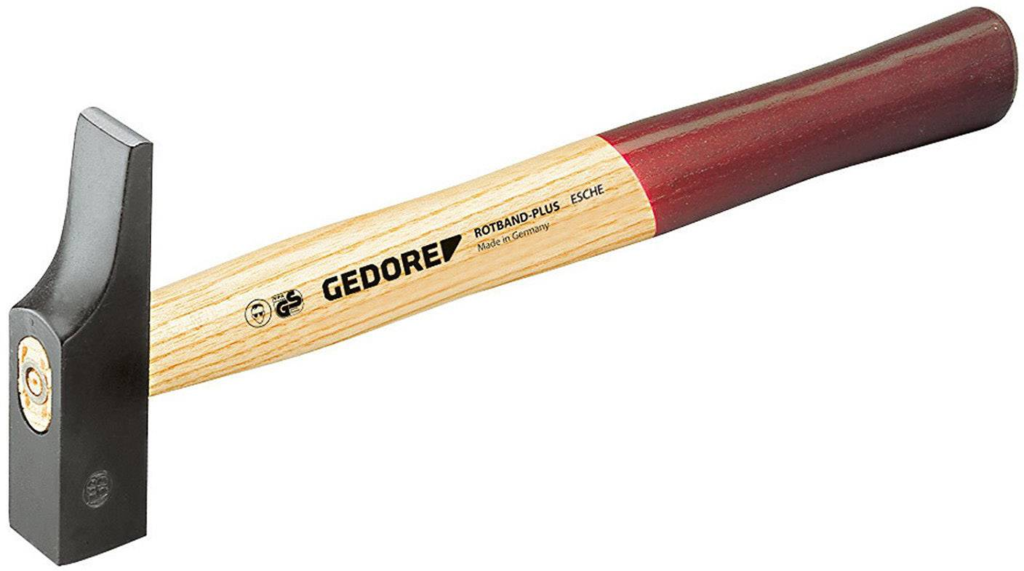
A trim hammer is shorter than a claw hammer and has a straight claw. It has a smooth face and is made to drive nails into the trim without hurting the trim. It is sometimes called a finish hammer. This hammer is highly required if you work on the trim.
Lath Hammer

When building paste walls, a lath hammer is often used. The flat strips of wood that make up the base of the foundation are easy to work with. The metal head has a square, flat surface for driving nails and an axe-shaped surface for cutting wood. Usually, the handle has a rubber grip to soften the blow.
FAQ
Which hammer is used for heavy striking?
Sledge Hammer is one of the most common tools used to break things up. It has a long handle and two metal heads that look like a club hammer. It is made to deliver powerful blows. They are used to break up things like concrete and other hard materials.
What hammer is best for metal?
Cross and Straight Peen Hammers. Hammers with Straight or Crossed Peens are used for ordinary carpentry tasks and differ from the more specialized ball peen hammer by not having a ball at their head. The primary uses for cross and straight peen hammers are in metal shaping.
Are heavier hammers better?
Usually, it depends on what needs to be done. A heavier hammer delivers a harder strike, and a lighter hammer is less tiring. The speed of the swing is important. The weight of the hammer head and the weight of the handle distributed along its length both resist angular motion. This determines how much physical effort is needed to get things swaying.
What safety precautions should we take when using a hammer?
1) Wear safety glasses. When using a hammer, you should always wear eye protection.
2) Look over the Head. Before using a hammer, check to make sure the head isn’t loose.
3) Make Parallel Strikes.
4) Utilize gloves.
5) Choose a size that fits the Job.
Why do some hammers cost so much?
Some of the more expensive ones with just a head and a handle are made of composite materials that are meant to absorb the force of nailing over and over again. Most handles that are made in one piece and are cheaper will be made of metal that is weak or not very strong.
What type of steel is used in a hammer?
Tool steel is known for being tough and resistant to heat and scratches. The name comes from the fact that they are often used to make tools out of metal, like hammers.
Are wood hammers better?
Wood handles are much less noisy than metal or fiberglass handles. Wood is the lightest material for handles, so most of the weight is in the head where it counts. Wood handles can be replaced if they get broken, and super-picky hammer fans can even have their own customized handles made.
What is the most versatile hammer?
The Double-Faced Soft Hammer will do the job if you need a versatile hammer for more delicate projects. The two soft faces, one of which is made of black rubber and the other of which is made of red plastic, are better for hitting surfaces you don’t want to damage when you hit with a lot of force.
Conclusion
Usually, we use whatever is at hand to get a job done, but if there is a suitable tool for the job, it is recommended to use that instead. Since many hammers look the same, it might seem like any of these tools could be used for a variety of tasks. But once you know more about how each type of hammer is made and what it is meant to do, you’ll be able to choose the right one for the job. If you do this right, your tools will last longer and you might even be able to work faster.



